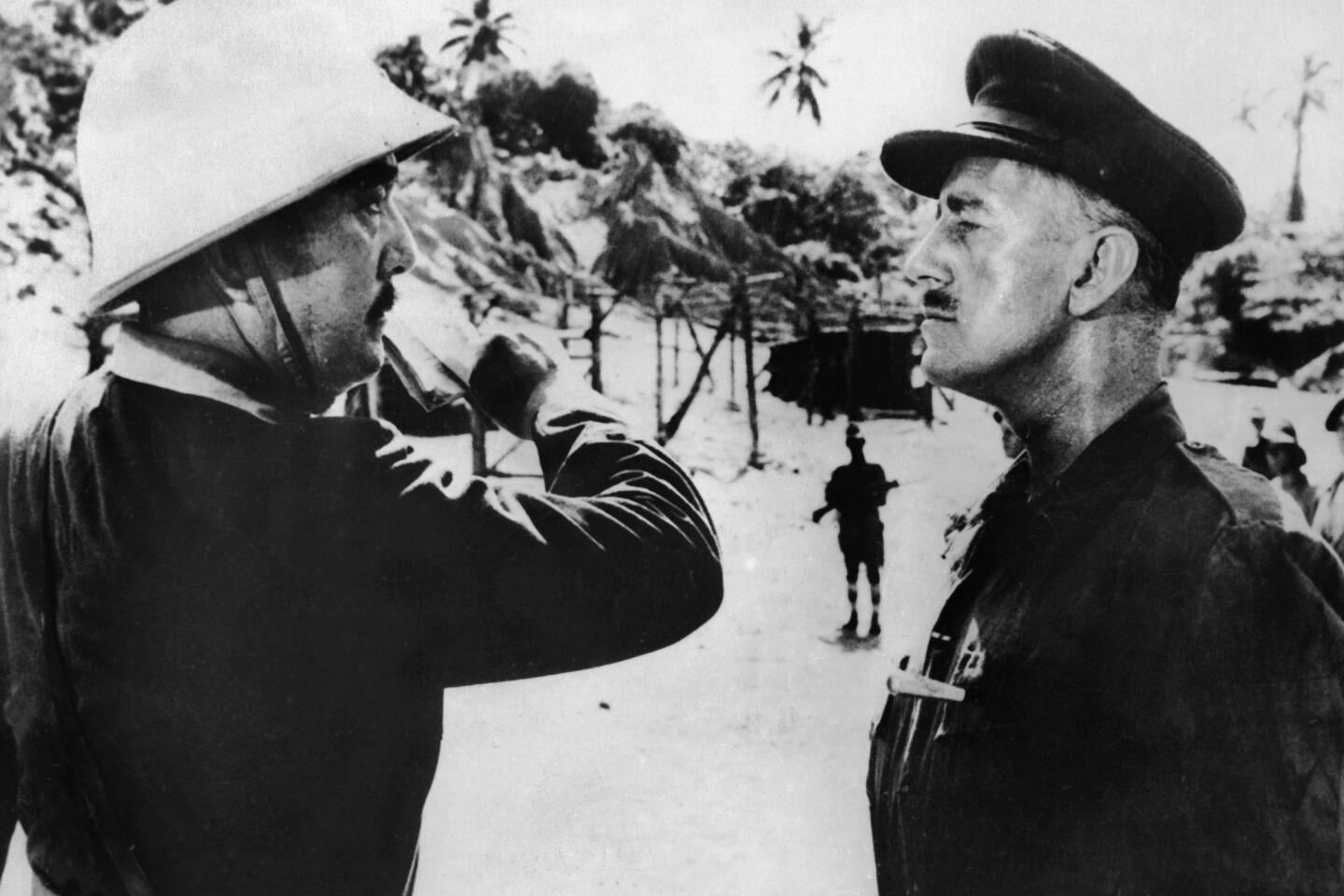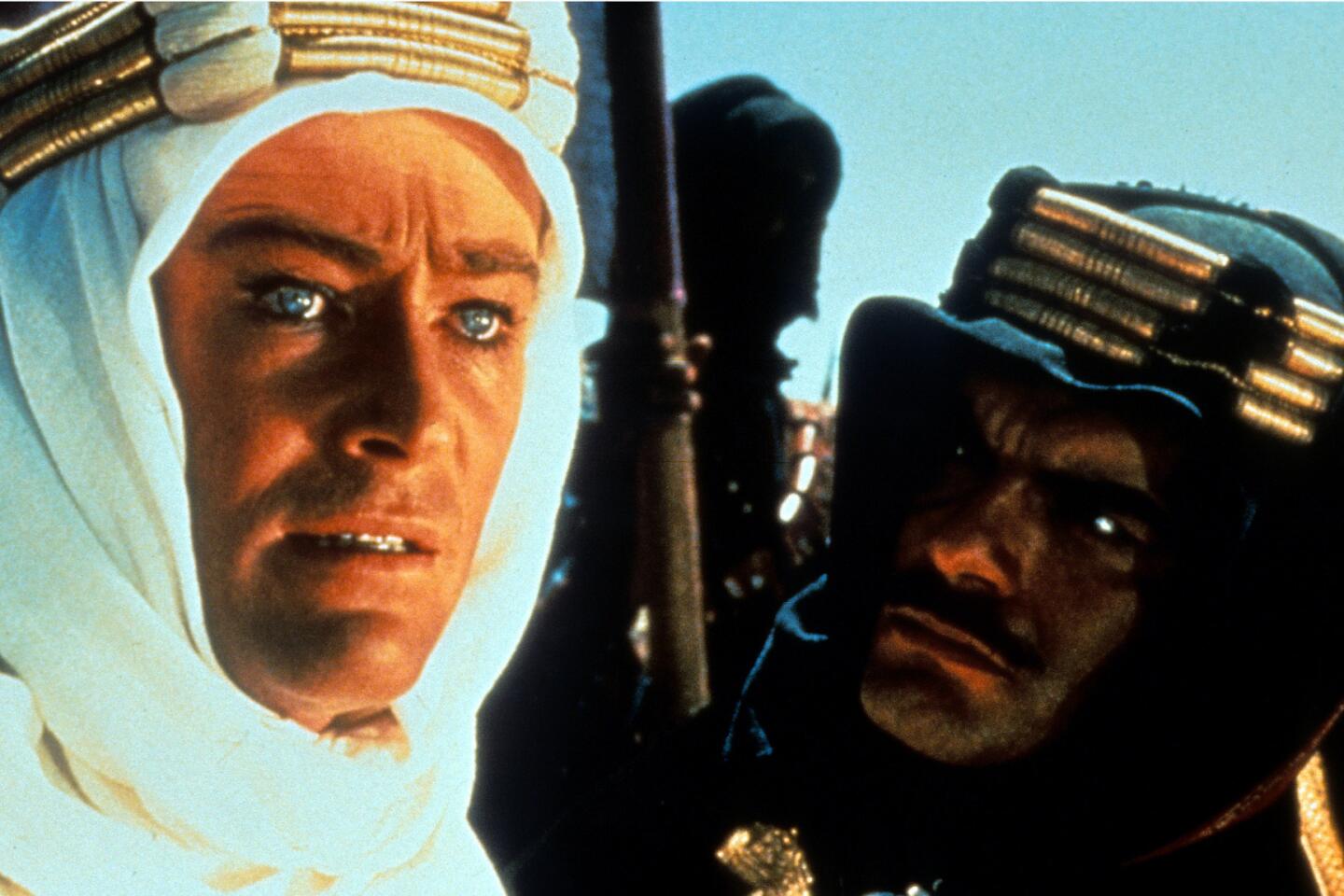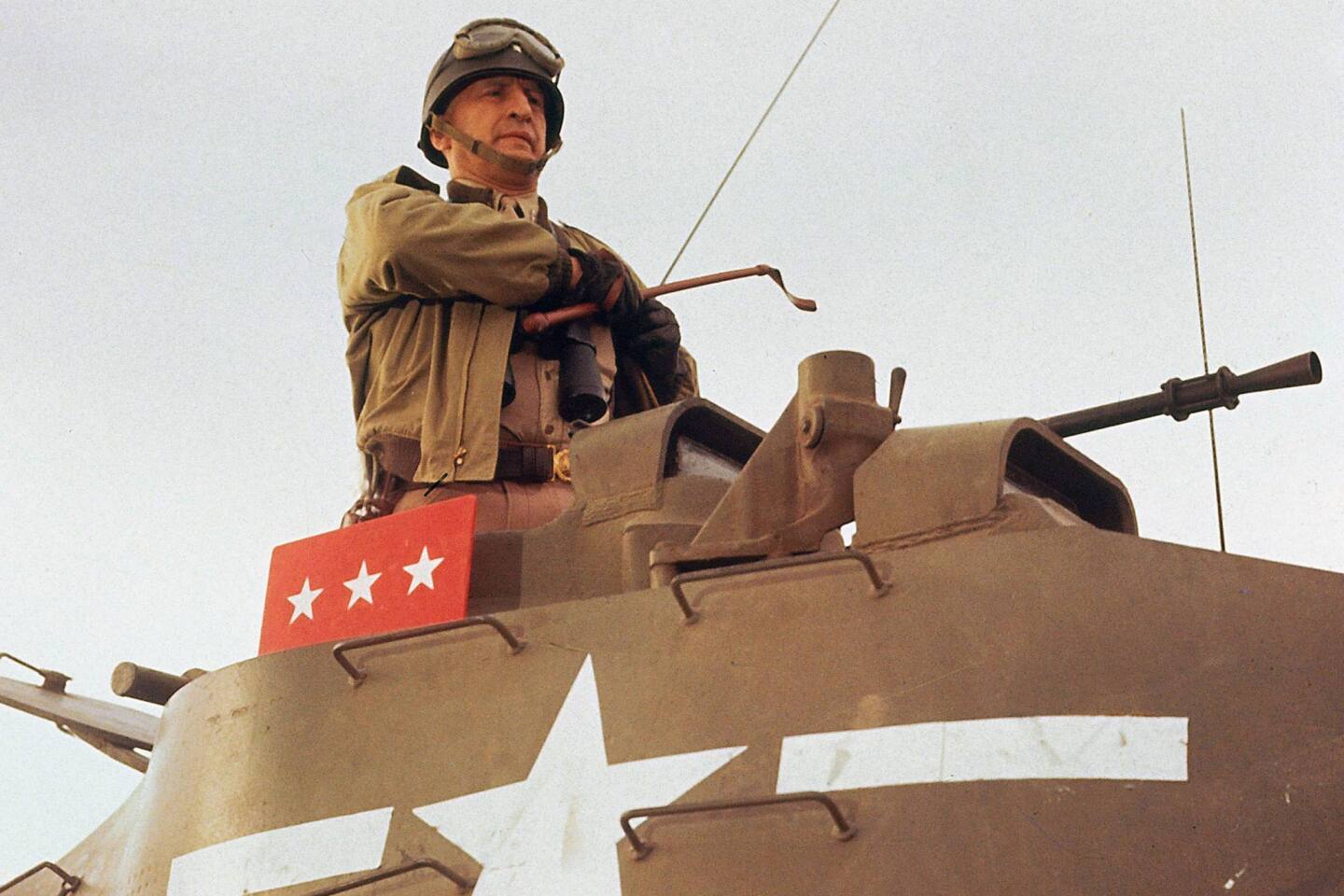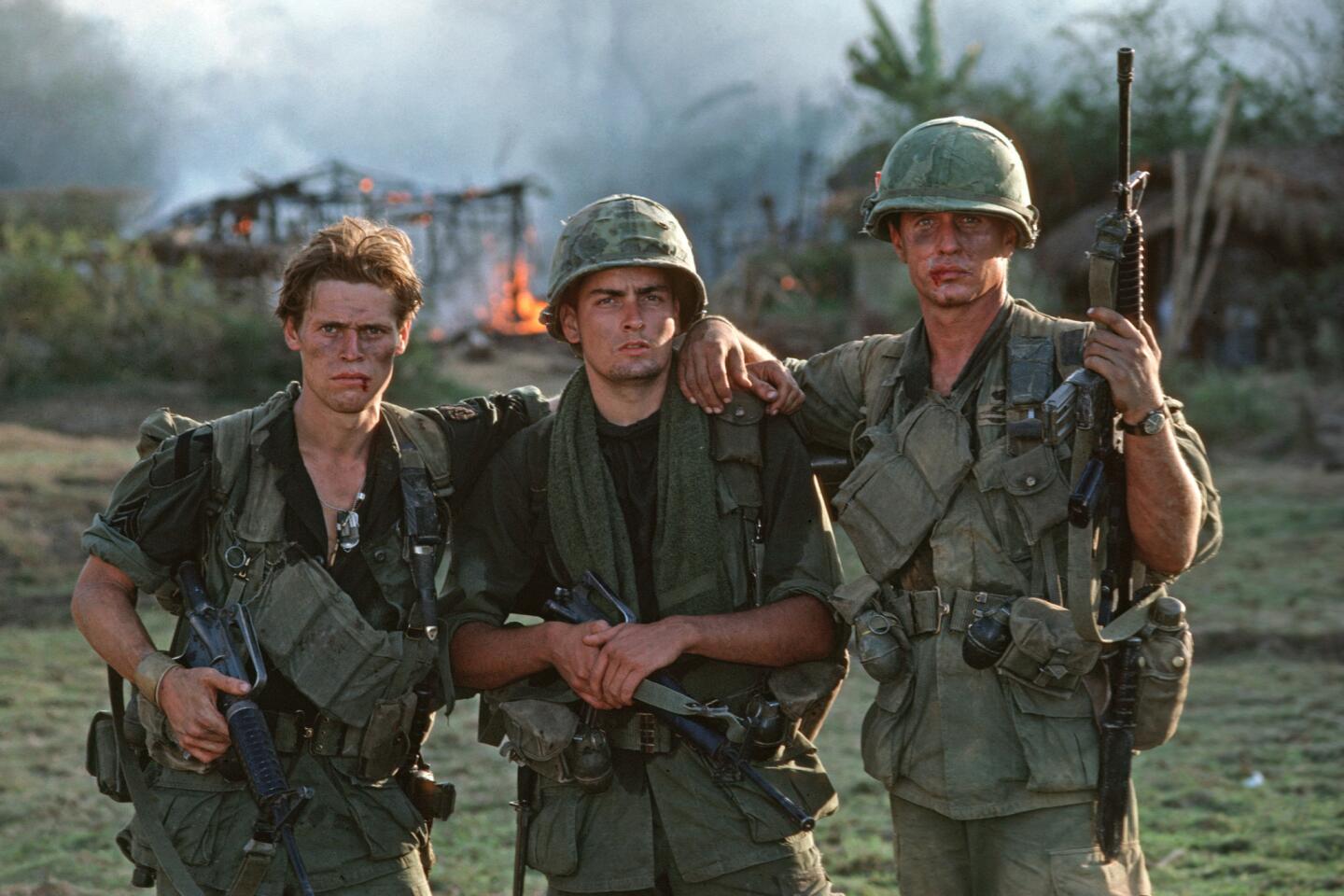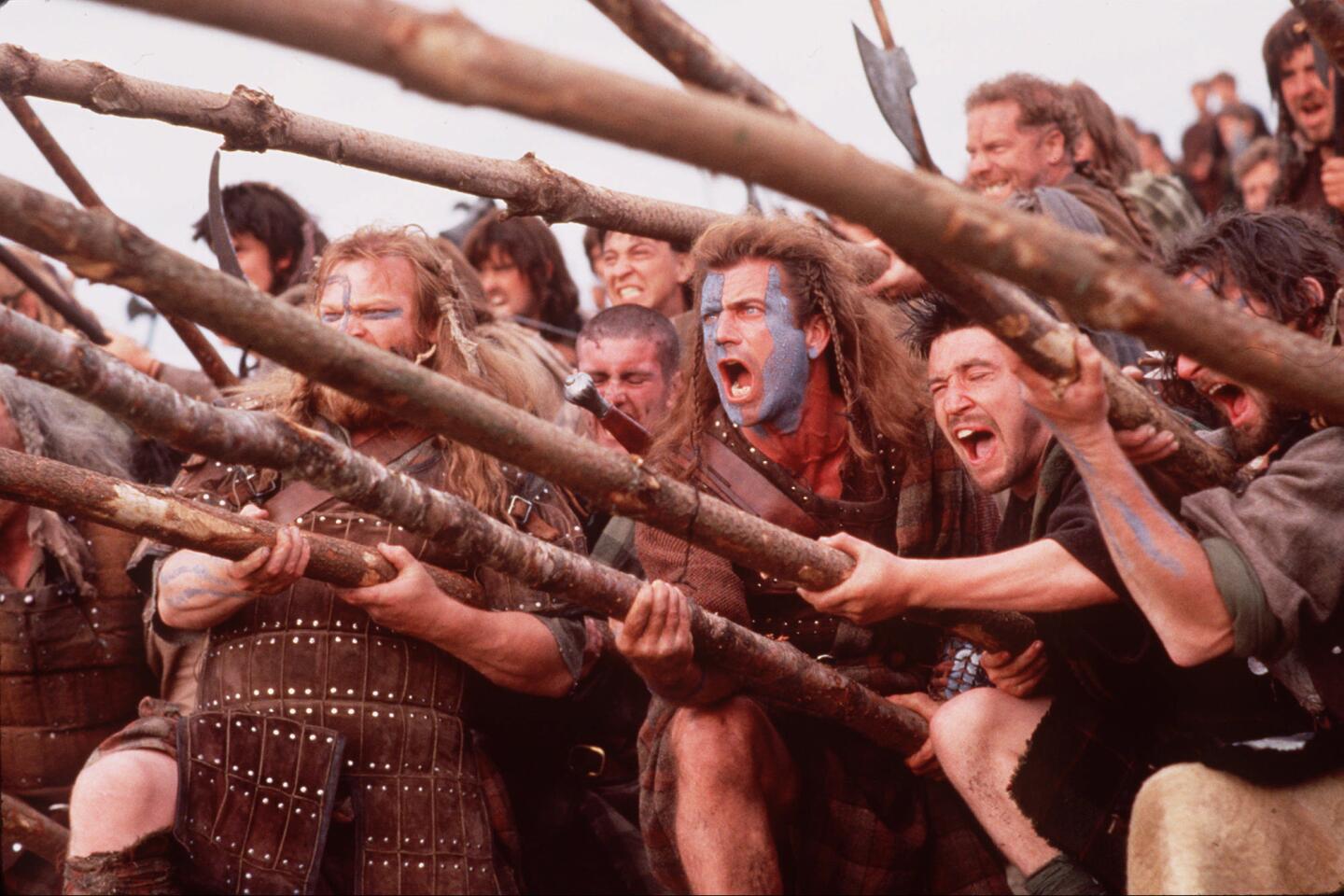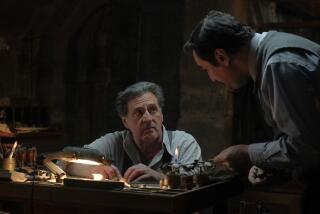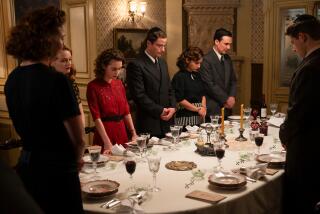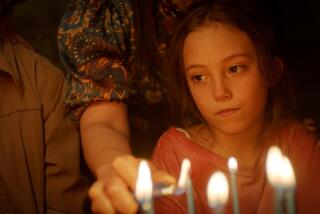These two new movies go inside the horrors of Auschwitz
It’s a wound that can never seem to heal over, and some would argue that it should never be allowed to — that keeping it fresh keeps it from ever happening again. The directors of “Labyrinth of Lies” and “Son of Saul” would likely agree. Their movies, leading contenders for the foreign-language film Oscar, manage to find new ways to plunge us into the civilization-wide madness that was the Holocaust.
Both pictures examine the infamous death factory known as Auschwitz, but with different approaches. As “Labyrinth” director and co-writer Giulio Ricciarelli says, his jumping-offpoint was discovering his own ignorance.
SIGN UP for the free Indie Focus movies newsletter >>
“I had a totally wrong sense of our own history,” says the German Italian filmmaker, who thought that “after ‘45, Germany pretty much immediately started dealing with what happened, and that’s not the truth. I was not aware of that.”
He discovered, as does his protagonist, idealistic young prosecutor Johann, that German postwar schooling actively papered over the worst atrocities of the Nazis. Johann must learn what happened in the camps by taking survivors’ testimonies as he tries to bring Auschwitz war criminals to justice. Johann, a composite character inspired by actual prosecutors (including one Gerhard Wiese) in the early 1960s Auschwitz trials, digs into the extremely uncomfortable pasts of friends, neighbors and family.
“It’s almost unbelievable, the story,” Ricciarelli says of the notion that so many Germans could be ignorant of what happened. “But that’s the reason to make the film.”
In “Labyrinth,” the face of the resistance to Johann’s inquiries is a senior prosecutor, who asks, “Is it truly important that every son in Germany should wonder if his father was a murderer?” It’s a question also in the documentary “What Our Fathers Did: A Nazi Legacy,” and one that haunted a generation of Germans.
“When I was 8, somebody brought a pack of pictures from Auschwitz to school and I was devastated. I couldn’t believe it. I couldn’t believe my eyes. I was really devastated,” says Ricciarelli.
“In a way, that feeling has never left me. I know it happened. I know what happened. But I cannot understand it.”
Whereas the beautifully photographed “Labyrinth” unfolds in a familiar genre — the crusading lawyer’s investigation — “Son of Saul” takes on the abomination from a different angle: inside the beast.
The titular Saul is a member of the Sonderkommando, groups of prisoners at Auschwitz and other death camps who were forced to participate in the herding of other prisoners into the gas chambers, rifle through their belongings and dispose of their remains. Director and co-writer László Nemes drops the viewer into the experience, using hand-held, close-to-the-subject camera work with short focus to reveal information only as Saul receives it. Sound design by Tamás Zányi simultaneously immerses the viewer in the soul-destroying machinery and increases the desperate disorientation that strips the prisoners of their humanity.
“The very starting point was when I read the so-called Scrolls of Auschwitz, the manuscript of the Sonderkommando, which they put in the ground and were found after the war,” says Nemes. “These texts are so immersive. It transports you as a reader directly to the heart of the extermination machine. You feel it is happening here and now.”
Nemes chose his first-person approach to convey “the visceral experience of the camp,” saying that usually in Holocaust films, “it’s not the situation of the individual that has been conveyed, but rather the collective experience, with some distance. The only thing that can be approached with honesty, really, in cinema is the individual. I hoped to give it human measure.”
One result is a deeper understanding of how prisoners could bring themselves to serve in the Sonderkommando. The deeply traumatized Saul emotionlessly goes about his frenzied work until a discovery sends him on a near-impossible quest.
“All these things combine to deprive the individual of thinking. The individual can only feel. The ‘thinking’ comes from the postwar [looks back at history]. People become sort of robots. That was also something that guided us: how to be in the scenes and not project postwar emotion onto this.”
The immediate, real-time feeling of the film necessitated realistic locations, so a concentration camp set was constructed in Eastern Europe.
“I think it was difficult for everybody to be there,” says Nemes. “It was not in a studio. All the levels were interconnected. We had the feeling of being in a real place, not on a movie set. I think it was difficult, but they had a sense of mission. It was part of the experience.”
For Ricciarelli, one of the highlights of the “Labyrinth” process was working with Wiese, a leader of the team that brought about the first war-crimes trials of a nation against its own soldiers.
The filmmaker says the trials were Wiese’s “life’s work, and it basically was forgotten. Now, we had an opening night in Frankfurt and an 87-year-old man who gets a standing ovation for what he did. He told me his grandchildren said, ‘Oh, Grandfather was a hero!’ But he was kind of a forgotten hero.
“And he’s in the film. Just before they enter the court — we had always rehearsed it that he was the last guy to get in, to get a seat. But the one take that was perfect, somehow he didn’t make it into the courtroom,” Ricciarelli says with a laugh. “He’s the small guy with the hat, and he gets shut out. That’s Gerhard Wiese.”
More to Read
From the Oscars to the Emmys.
Get the Envelope newsletter for exclusive awards season coverage, behind-the-scenes stories from the Envelope podcast and columnist Glenn Whipp’s must-read analysis.
You may occasionally receive promotional content from the Los Angeles Times.
